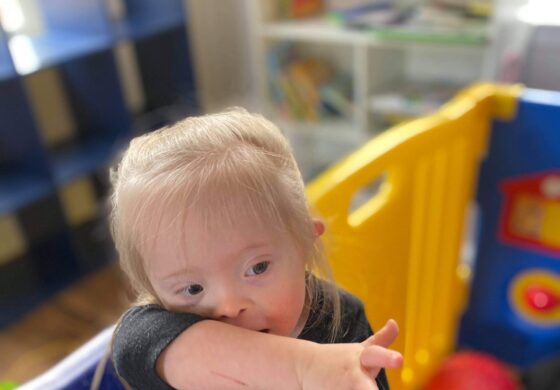Last week, a lot of information was presented on why using sign language for early communication is a fantastic idea. This week, we will take a look at some signs to use when getting you and your child started with sign language. Research shows that children are quicker to remember and understand signs that are ‘iconic,’ meaning they resemble the action or item that they are representing (Thompson et al., 2012). The following examples are words that are not only iconic, but are also words that happen multiple times during the course of a normal day which provides plenty of opportunities to practice!
Milk or Eat
‘Milk’ (or ‘eat’ for older children) is a great first sign since it is certain to be needed many times throughout the day. Infants that are nursing or taking a bottle can start with ‘milk.’ Older children that don’t rely on formula or milk will take to ‘eat’ just as quickly.
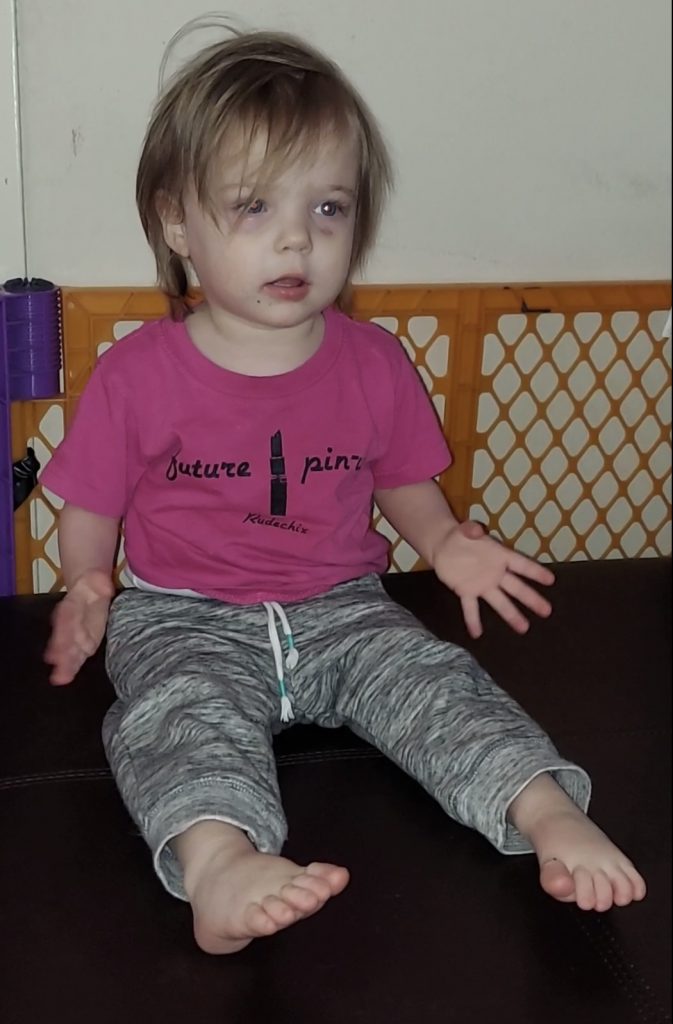
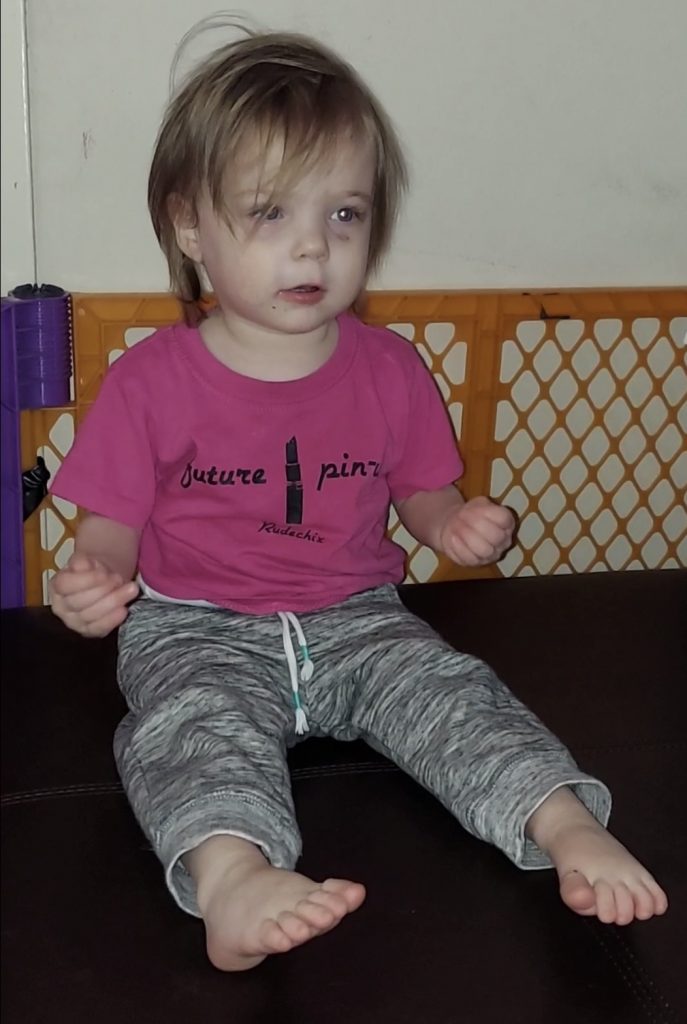
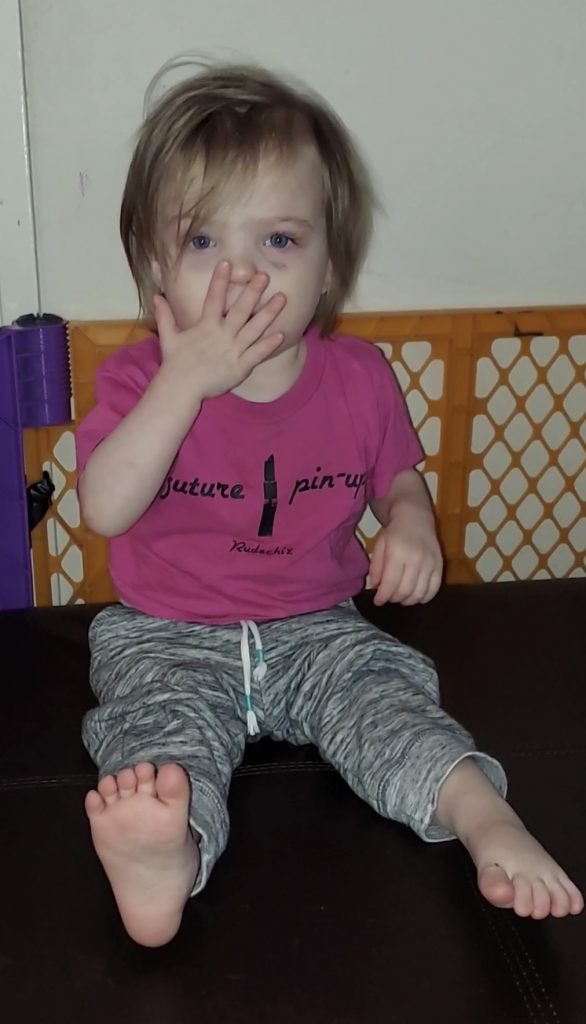
Want
In addition to being another sign that is sure to be used repeatedly, this sign provides a great way to teach purposeful communication and patience while providing an alternative to snatching and taking.
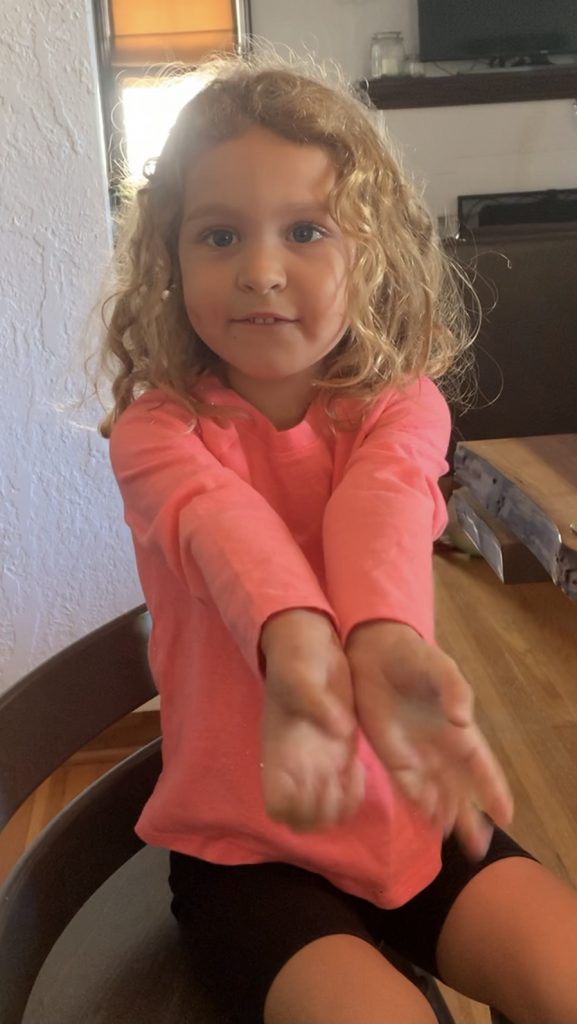
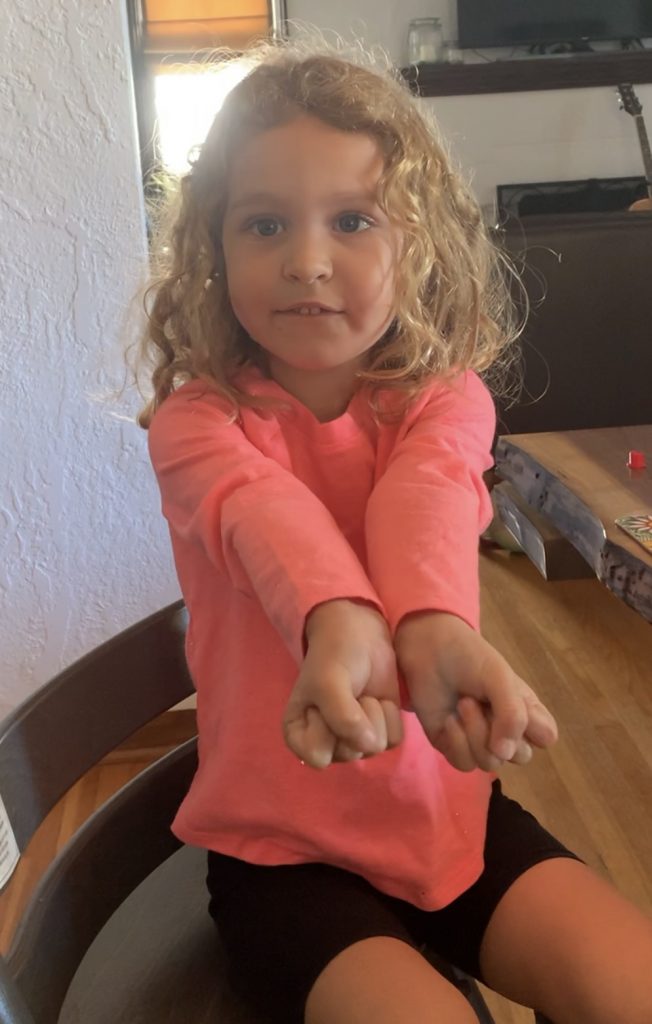
Help
This sign is not as ‘iconic’ as other signs, so will be harder learn at first. It might require you using this sign over and over for weeks before your child can imitate or use it. Once mastered, it is very effective at decreasing frustration.

All Done
This sign in especially powerful at helping to curb tantrums by providing a means for your child to productively express when they have had enough! It is most useful if you can respect your child’s request as often as possible, although they may overuse it once mastered.
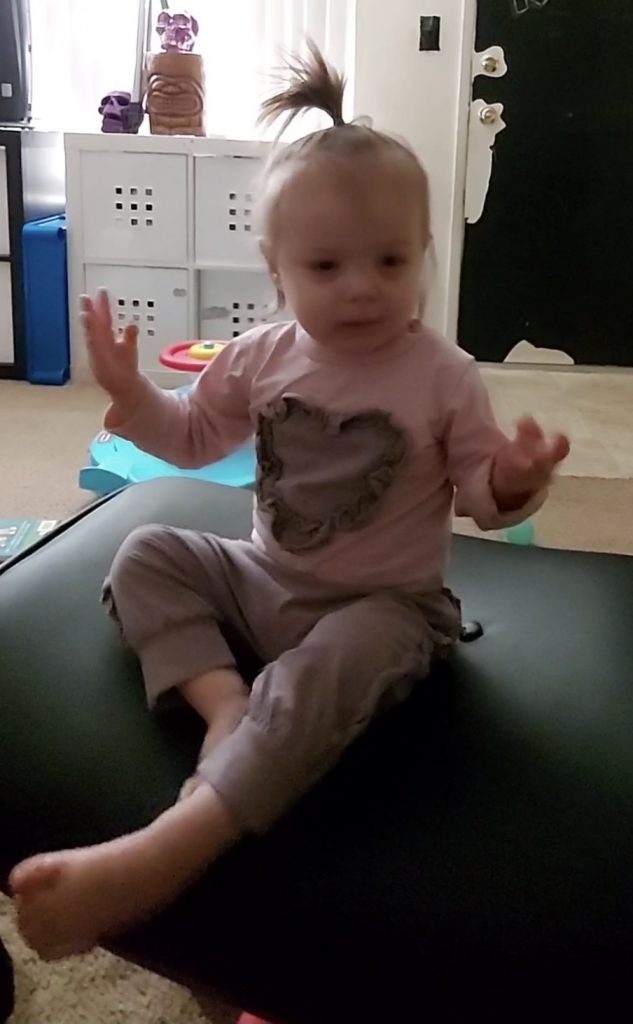
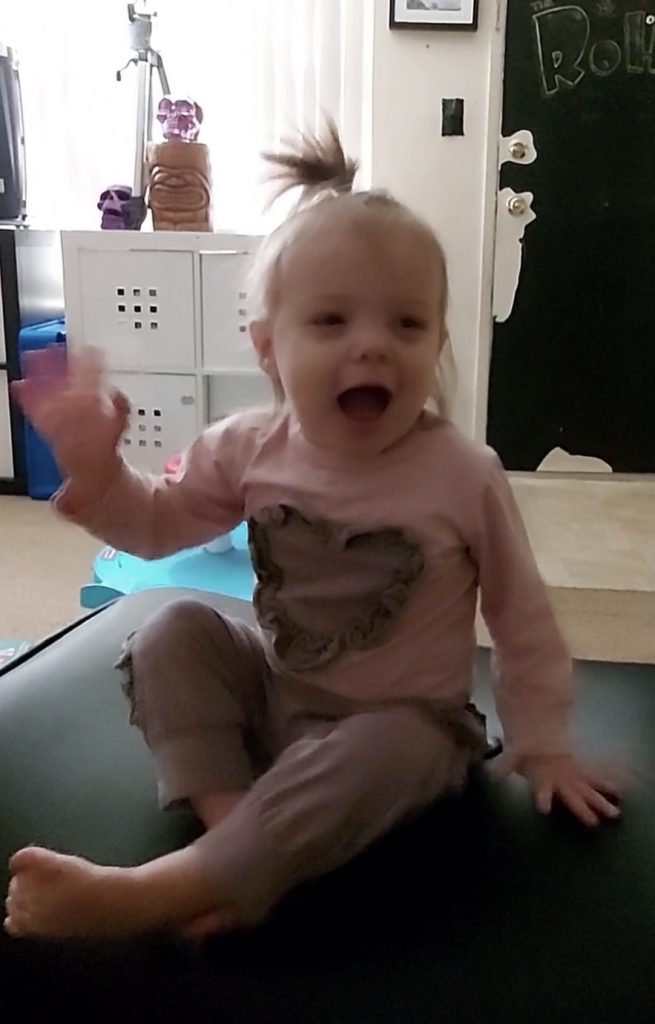
Teaching Signs
Say it, show it, and repeat. Again and again. Teaching signs to your child is as simple as that! Be sure to show your child the sign when you are close to eye level to ensure they are focused on what you are doing, and then introduce the sign in context by speaking the word while doing the appropriate movement. It may take days or weeks or months, but your child is absorbing all of this practice.
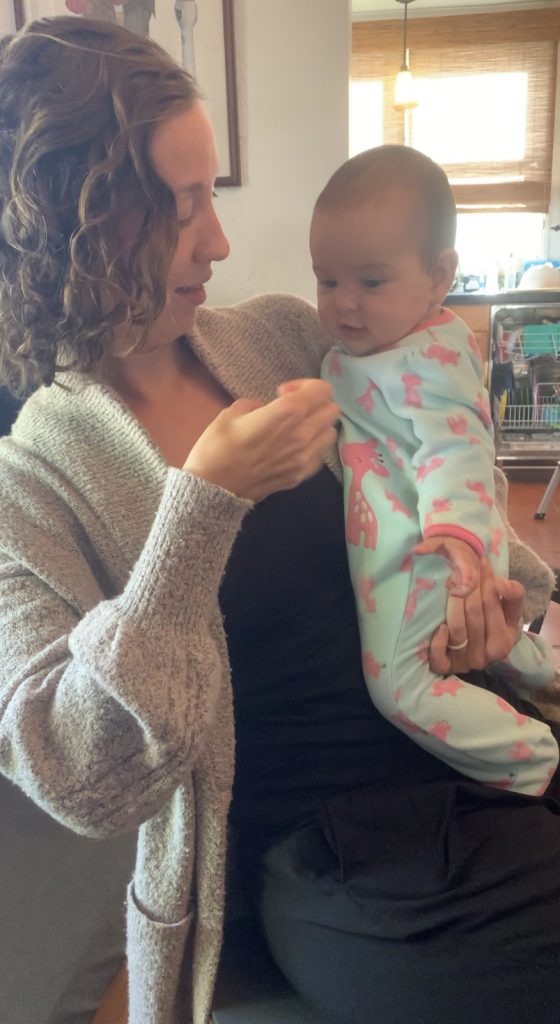
Last Few Notes
Children don’t need a vocabulary of 100 signs, so don’t feel pressured to buy baby sign language movies or flashcards. It is enough if your child has anywhere from 5-10 before they can pair sounds with their signs. Also, it is perfectly fine to make up your own signs or gestures! As long as the sign is consistent and you understand it, then it’s a meaningful word. My daughter couldn’t sign ‘diaper’ or ‘change’ but she tapped her booty when she wanted a new diaper, and that was good enough for me to understand.
Additional Resources:
Maybe your child’s first word will be ‘bird’ because you point out lots of birds on your walk. Maybe ‘cat’ or ‘dog,’ because there’s a pet at home. ‘Blanket’ or ‘tiger’ for a special lovey, or ‘Grandma’ because your son lights up when she walks in the room. The sky is the limit, and here are some resources to find the signs you may need:
Baby Sign Language
A free website with colorful, simple cartoons that have picture examples for most vocabulary.
https://www.babysignlanguage.com/dictionary/
ASL Dictionary:
This $4.99 app is a full dictionary for American Sign Language and is therefore not targeted towards children learning ‘first words.’ It is very extensive and comes with video examples you can access off-line
https://apps.apple.com/us/app/asl-dictionary/id353574642
Good luck and have fun! If you have any questions or concerns regarding your child’s development of speech or language, we’d love to speak with you.
Photos: Katrina Rohr & Sarah Smith
References:
Crais E, Douglas DD, and Campbell CC. 2004. The intersection of the development of gestures and intentionality. J Speech Lang Hear Res. 47(3):678-94.
Thompson R, Vinson DP, Woll B, and Vigliocco G. 2012. The road to language learning is iconic: Evidence from British Sign Language. Psychological Science 23: 1443–1448
